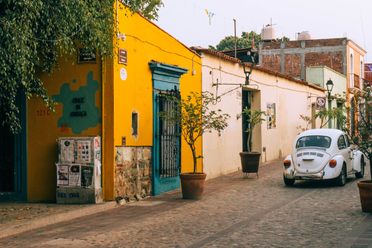The skin of the canistel fruit yields easily when pierced with your teeth, revealing a smooth, custardy interior comparable to a hard-boiled egg yolk. It is from this similarity, and its bright yellow flesh, that the canistel fruit gets its moniker as the “eggfruit.” The eggfruit tastes best when ripened on the tree, where, as it reaches maturity, the flesh loses its astringent flavor while developing a mousse-like texture.
Not to be limited by its tastiness fresh off the tree, the canistel is also blended into milk, custard, and ice cream. “Eggfruit nog,” for example, can be made by combining ripe canistel pulp, milk, sugar, vanilla, and nutmeg in an electric blender. Mashed canistel can be used as a spread, made into preserves, or serve as pie filling. Canistel can also be dehydrated and powdered to create a sweet and aromatic flour for baking in pancakes and cookies.
A member of the Sapotacae family, the canistel is a relative of the similarly creamy lúcuma fruit. The Latin name for the canistel, Pouteria campechiana, directs you to Campeche, a state in southern Mexico where the tree finds its native home. And although the canistel is cultivated in the Americas, Asia, and Africa, its dependence on tree-ripening has made exporting the delicate fruit tricky. Don’t be discouraged, however: The canistel is an evergreen that’s adaptable to many soil types, not to mention frost-tolerant. So if you get your hands on a fruit, you may want to consider saving those seeds and starting your own custardy orchard.
Written By
 jeloye
jeloye
The Atlas Obscura Podcast is Back!




















